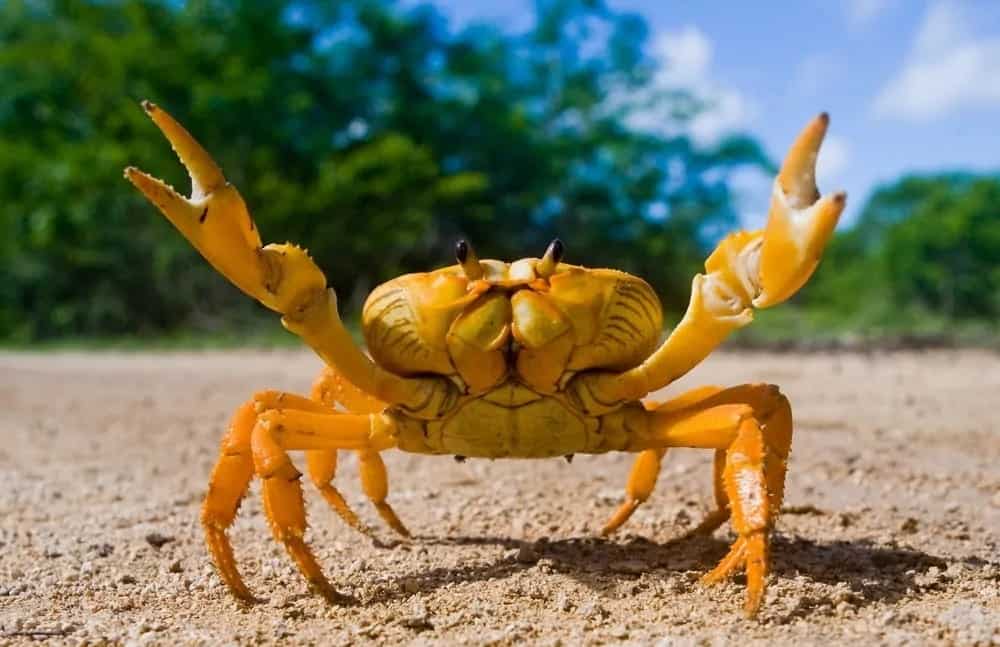Animals that live in similar habitats tend to experience events that would push them to evolve. While birds and mammals are both warm-blooded, they both evolved from groups that were not. But have you heard about the term carcinization?
Carcinization is an example of convergent evolution where a crustacean evolves into a crab-like form. According to research, nature has evolved different species into crabs at least five times. However, humans will not evolve into crabs.
Carcinization in the Past Century
Lancelot Alexander Borradaile, an English zoologist, defined carcinization as one of the many attempts of nature to evolve a crab. According to a research paper done in 2017, the evolutionary process has happened at least five separate times in the past century alone.
Curiously, not only did the crab-like habitus evolve independently from the ‘true’ crabs (Brachyura), it also evolved three times independently within anomurans. Although enormous morphological disparity is observed in the internal anatomy of the crab-like taxa, reflecting the fact that the evolution of the crab-like habitus was indeed convergent, various corresponding dependences are found across the different lineages between the external characters of a crab-like habitus/morphotype and inner structures. In other words, as a result of carcinization certain structural coherences led to the specific internal anatomical patterns found in crab-like forms.
Jonas Keiler, On Hundred Years of Carcinization – The Evolution of the Crab
(Source: Boing Boing)
How Does Carcinization Happen?
Animals that live in similar habitats would often face challenges that encourage them to evolve based on necessity. A perfect example of this is with marsupials. They are thought to have evolved along with placental mammals. Still, as Australia broke away from Antarctica and moved upwards, the isolation from other landmasses pushed these creatures to grow and develop pouches for their young.
The fact that a crab-like habitus did not evolve solely in ‘true’ crabs but also several times independently in the Anomura makes this process ideal for evolutionary research.
Jonas Keiler, On Hundred Years of Carcinization – The Evolution of the Crab
(Source: Popular Mechanics)
Will Humans Turn Into Crabs?
Evolution is a complicated concept. While carcinization may seem to point in this direction, humans will not evolve into carbs. While it has occurred within the crustacean family, there is no evidence of a cross-over with different species.
Some of the internal anatomical characters studied herein are structurally dependent on the external characters of a crab-like habitus. Since morphological coherence can also exist between internal anatomical structures, the coherence chains which can be traced back to the external characters of a crab-like habitus are relatively complex in some cases.
Jonas Keiler, On Hundred Years of Carcinization – The Evolution of the Crab
(Source: Popular Mechanics)
Examples of Carnization
According to research, carcinization has independently occurred in five groups of decapod crustaceans. Specifically the following:
King Crabs
These crabs are believed to have evolved from the hermit crab and were first seen during the late Cenozoic age.
Porcelain Crabs
Anatomically speaking, they are closely related to squat lobsters that first appeared during the late Jurassic age.
Hairy Stone Crabs
Hermit Crabs
Coconut Crabs
(Source: Popular Mechanics)
